
Low levels of inflation are often considered normal in a healthy economy. It indicates that there is a certain level of economic activity and demand. However, when inflation spirals out of control, it can lead to a host of problems such as reduced purchasing power, increased uncertainty, and economic instability.
The hyperinflation in the Weimar Republic was a result of various factors, including excessive money printing and a lack of economic stability. It serves as a stark reminder of the dangers of uncontrolled inflation and the importance of maintaining a stable monetary system.
If the central bank decides to increase the money supply, it lowers the interest rate charged to commercial banks. This, in turn, leads to lower interest rates on loans, encouraging borrowing and increasing the money supply in the economy. However, if the productive capacity of the economy (as defined by mainstream economists in terms of labor and capital) does not grow at the same rate as the money supply, it can lead to very high inflation.
In nature, nutrients and energy flow from plants to primary consumers and then to higher consumers. Similarly, in the human economy, the agricultural and extractive sectors form the base, providing the materials and energy needed for the manufacturing and service sectors. If these base sectors collapse, the entire economy can collapse.
Money, according to the trophic theory, originates from agricultural surplus. If there is no agricultural surplus, there is no division of labor, no exchange of goods and services, and no need for money. Therefore, the money supply managed by the central bank should be in line with the agricultural surplus to maintain a stable monetary structure.
In the United States, from 1960 to 2023, we can observe various trends. Until 2020, money supply was between and trillion lower than real GDP. However, in the last few years, the money supply curve surpassed the real GDP curve, leading to a decrease in the velocity of money. This was mainly due to the unprecedented quantitative easing employed by the Federal Reserve in response to the pandemic.
The increase in money supply was followed by an inflation spike, but the real GDP bounce-back in 2021 and the decrease in inflation in 2023 suggest that the lag in productive capacity was temporary. It was more due to supply-chain disruptions and other pandemic-related impacts than natural resource depletion.
However, we need to be cautious as we continue to draw down nonrenewable resources and exceed the Earth's capacity to regenerate renewable ones. This will have a long-term impact on the U.S. productive capacity and the global economy.
As we face the challenges of economic growth and environmental sustainability, we need to think outside the box and use monetary policy tools unconventionally. We can choose to slow down economic growth and preserve the remaining environmental integrity rather than continuing on the path of unrestricted growth.
Understanding the complex relationship between money supply, natural resources, and inflation is crucial for policymakers, economists, and individuals alike. It can help us make informed decisions and navigate the challenges of a changing economy.
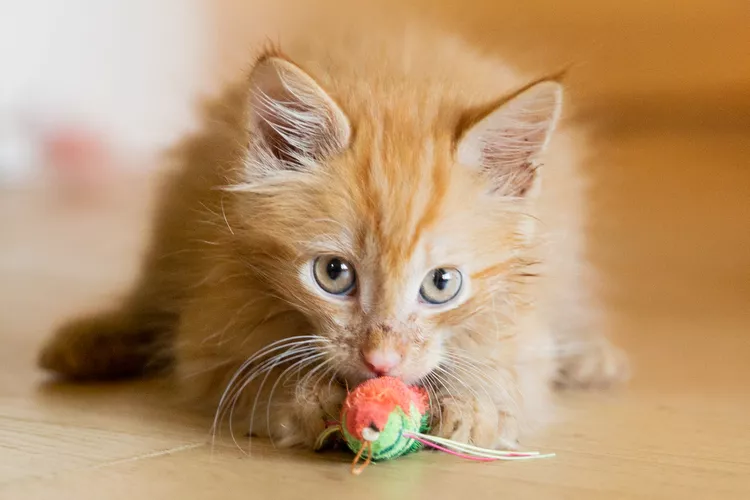
How to Keep Your Kitten Safe While Playing
While letting your kitten play and explore is important to its mental development, you need to make sure that what it's playing with is safe.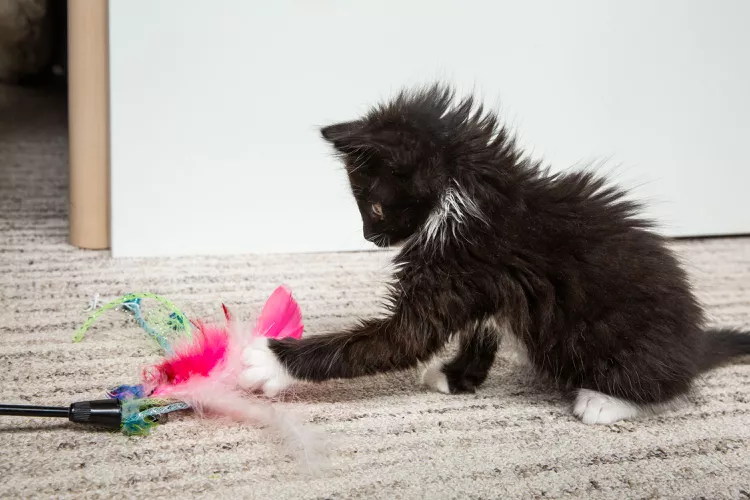
Kitten Development From 6 to 12 Weeks
Learn how kittens develop during the first 6 to 12 weeks and what signs of development you need to look out for with these tips.
5 Common Foods In Your Pantry That Are Not Safe For Your Pets
One potato chip is not going to hurt your pet, but there are other foods that can. Learn which to avoid and some safe foods that can be used as treats.
Fleas in Dogs
If a dog scratches, does that mean it has fleas? These biting bugs are no fun for dogs or their owners. Learn the causes, treatment, and prevention.
Can Dogs Eat Papaya? What to Know About Sharing This Tropical Fruit With Your Pup
Papaya is safe for dogs in moderation, and it can even provide some nutritional value for them. However, too much can cause digestive upset, and it's not suitable to share with dogs with certain health conditions.
Can Dogs Eat Parmesan Cheese?
It's no secret that dogs love cheese, but what kinds of cheese should you avoid? Is Parmesan cheese a good option to treat your pup to?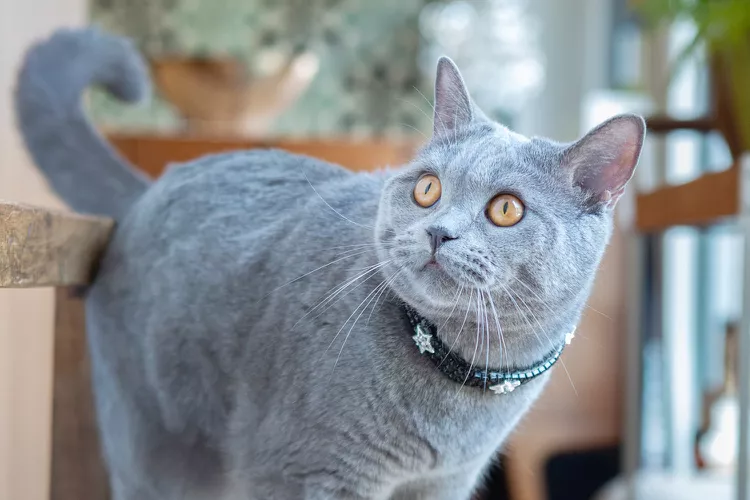
10 Cat Breeds That Have Blue-Colored Coats
Blue cat breeds have a uniquely colored coat that makes them stand out. The eye-catching blue coat often appears light to dark grey.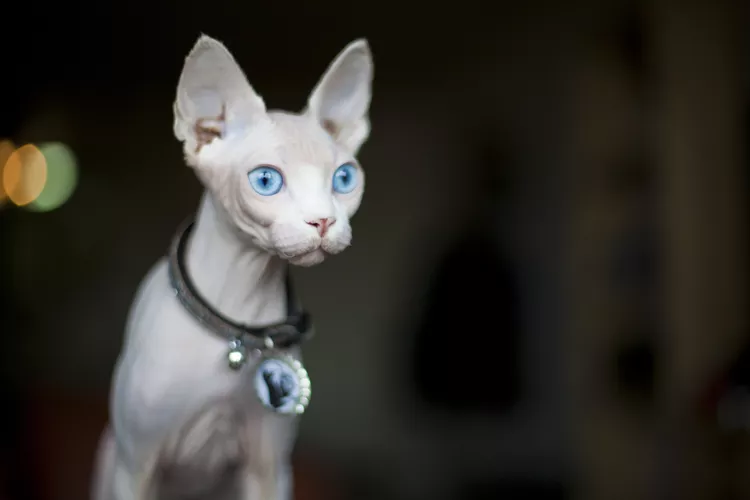
Sphynx: Cat Breed Profile, Characteristics & Care
The sphynx cat is a hairless cat breed known for their playful and affectionate nature. These cats do have special needs. Learn about the sphynx cat breed’s appearance, temperament, health, and care.
Border Collie: Dog Breed Characteristics & Care
Learn about the border collie, a popular herding breed. They're a smart and energetic dog that's also a great companion to the right pet parent.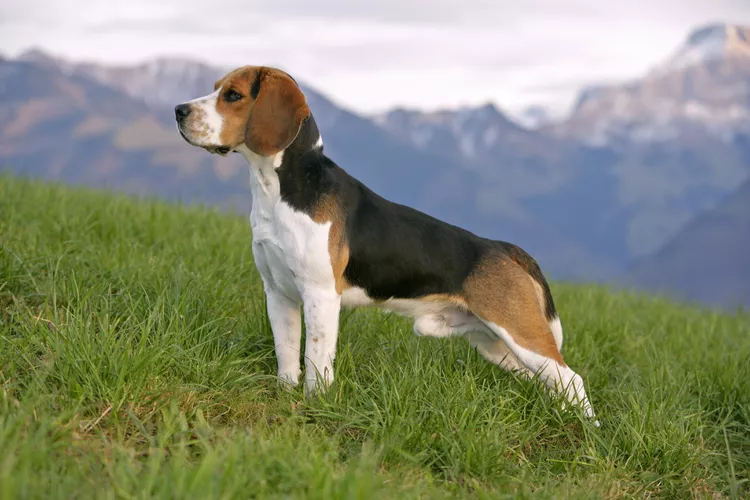
Beagle: Dog Breed Characteristics & Care
Learn about the beagle, one of the most popular dog breeds in the world. They are known for being a cheerful, comical, loud, and energetic family dog.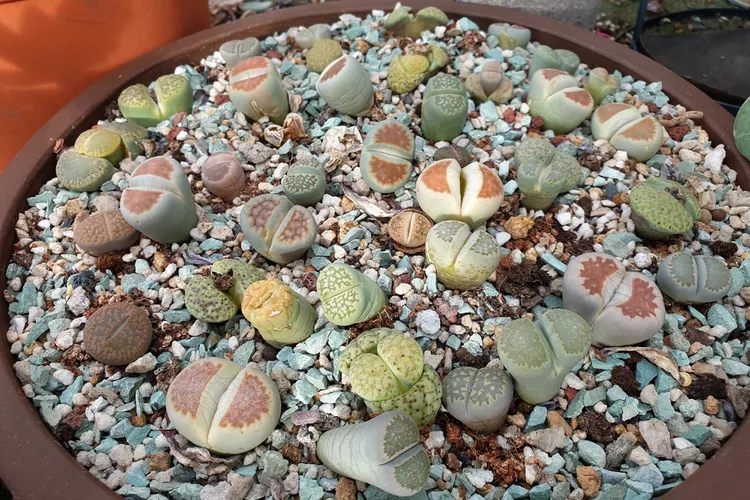
How to Grow and Care for Living Stones
Find out how to grow living stones, unique miniature succulents that look like pebbles. This guide covers how to care for living stone plants, including watering them just right to keep them thriving.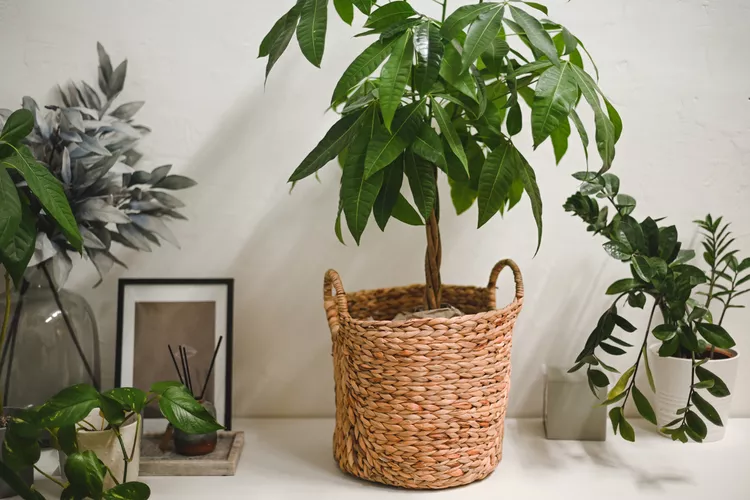
How to Grow and Care for a Money Tree Indoors
Money trees make beautiful, easy-care houseplants. Use this guide to grow a money tree indoors.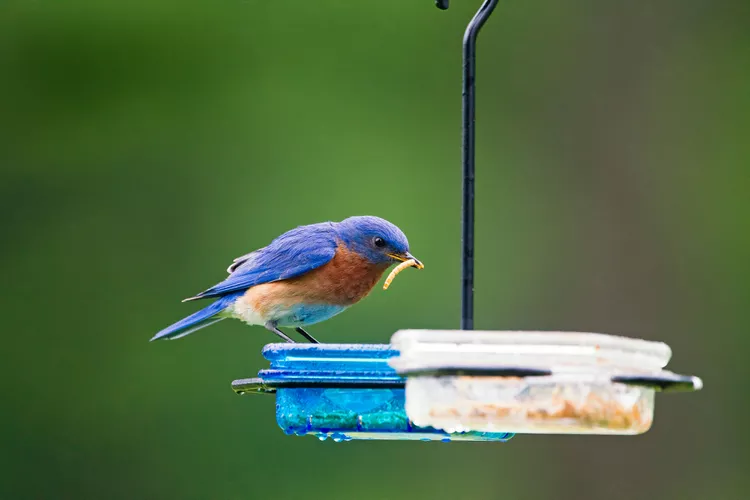
How to Attract Bluebirds to Your Yard: 11 Must-Know Tips
These tips on how to attract bluebirds will help you create a welcoming habitat. Discover the best types of foods, birdhouses, water sources, and more for attracting bluebirds.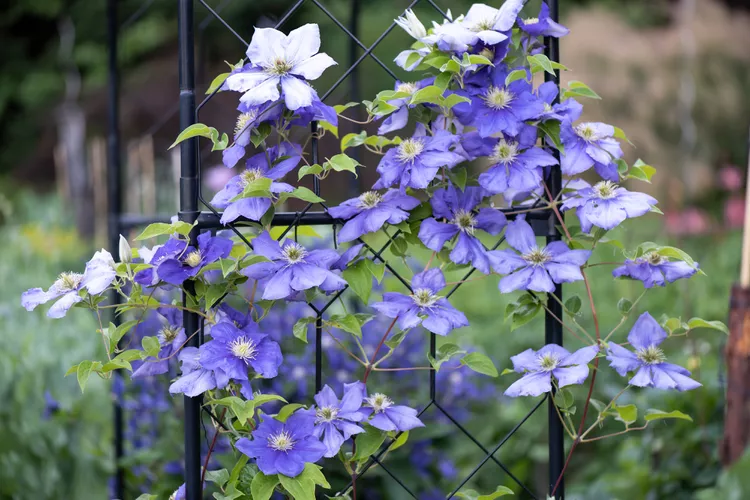
How to Propagate Clematis from Cuttings and Layering
Learn how to propagate clematis successfully with this step-by-step guide on two different techniques.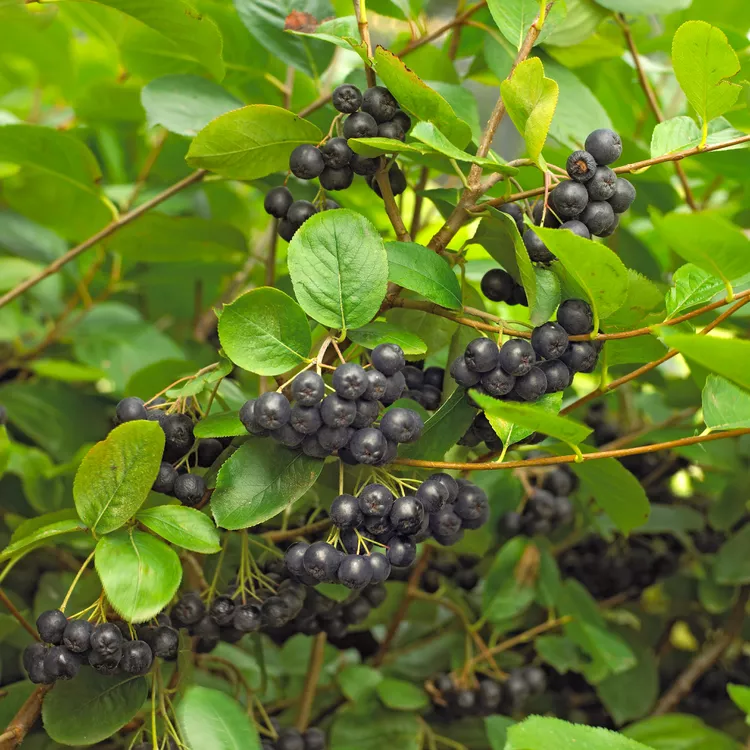
How to Plant and Grow Black Chokeberry
Learn how to use and care for this low-maintenance native shrub, including planting tips and the best types of black chokeberry to grow.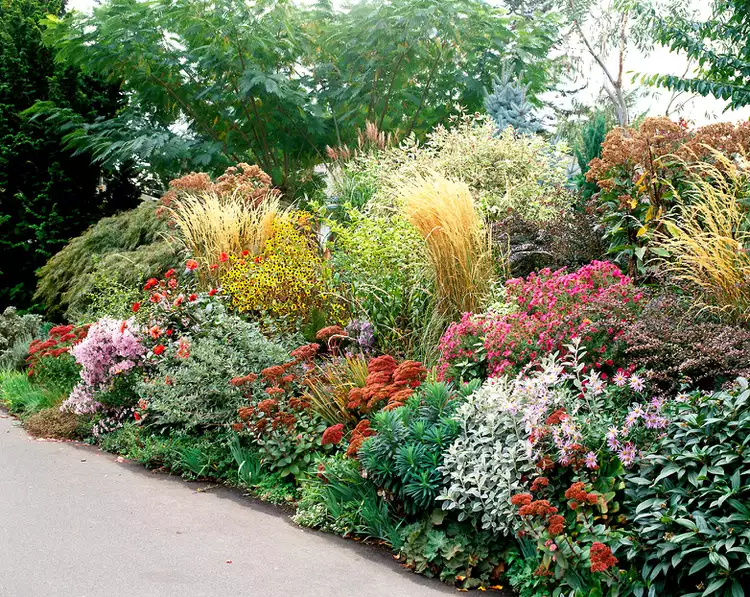
This Low-Water Garden Plan Will Look Vibrant Through Droughts
This low-water garden plan will keep your plants vibrant all throughout the hot, humid summer.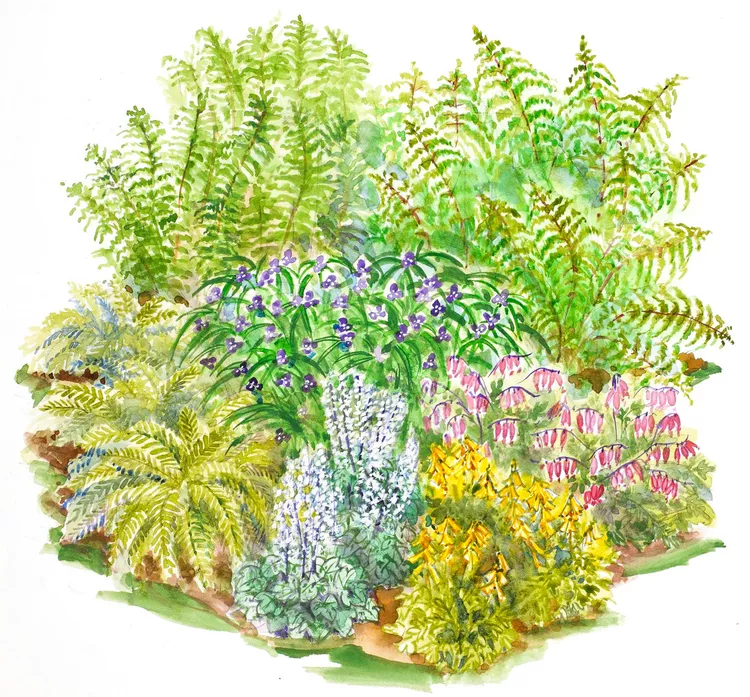
This Woodland Garden Design Overflows with Shade-Loving Plants
Easy-care native ferns add luxurious foliage from spring to fall. Other shade-loving perennials complement the soft textures with colorful blooms.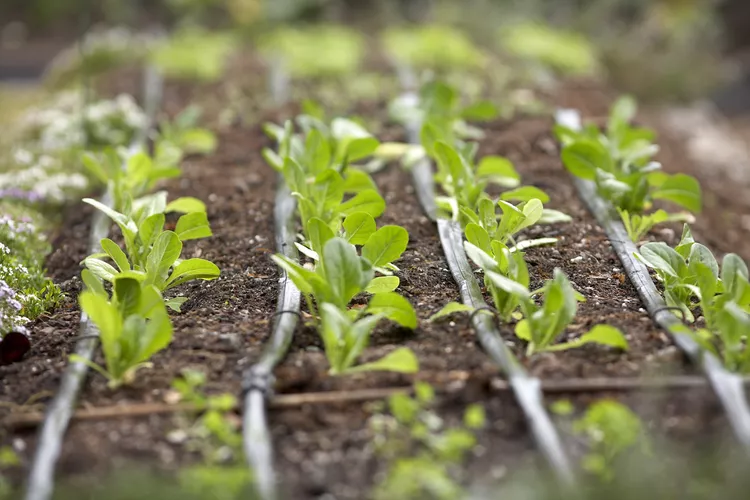
11 Essential Tips for Growing Vegetables from Seed for Beginners
These beginner-friendly tips on growing vegetables from seed will help you successfully kick off your edible garden in spring.
Should You Use Shredded Rubber Mulch in Your Garden?
Rubber mulch is widely touted as a game changer in landscaping, but does it live up to the hype? Find out the pros and cons of using rubber mulch.
How to Plant and Grow Cattail
Learn to care for this easy-growing aquatic plant, including tips for pruning, propagating, and planting.